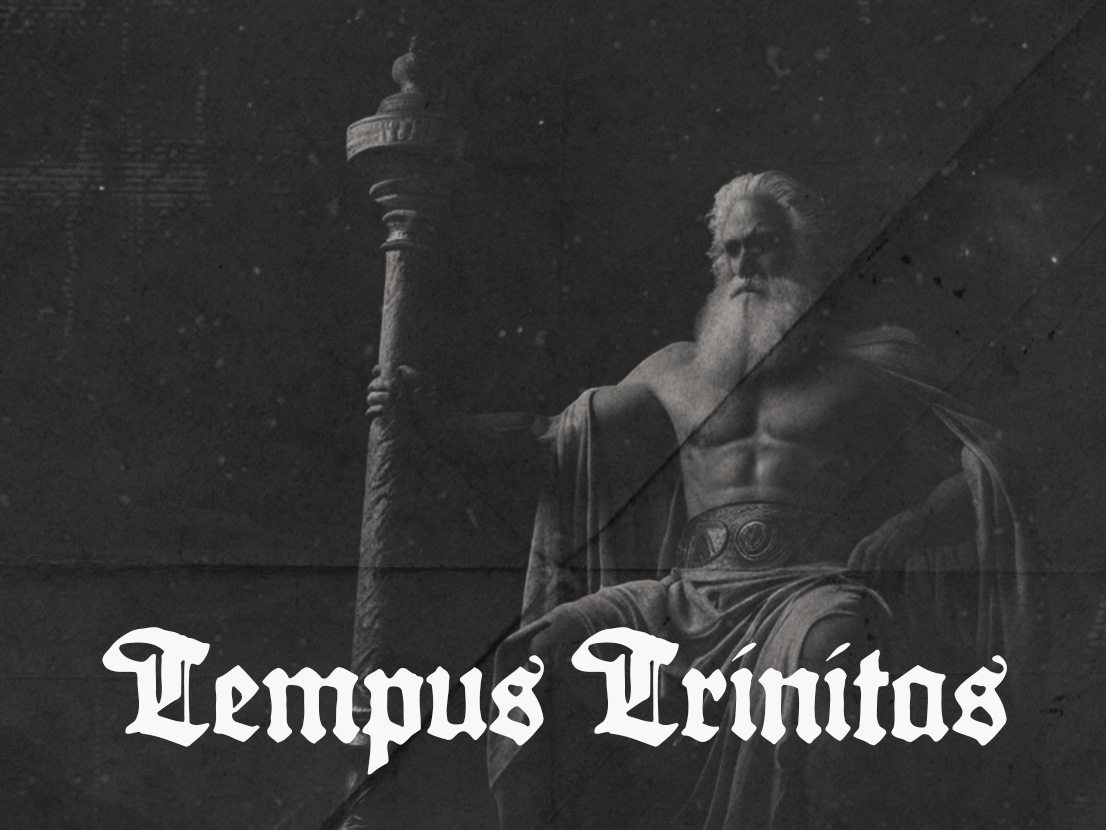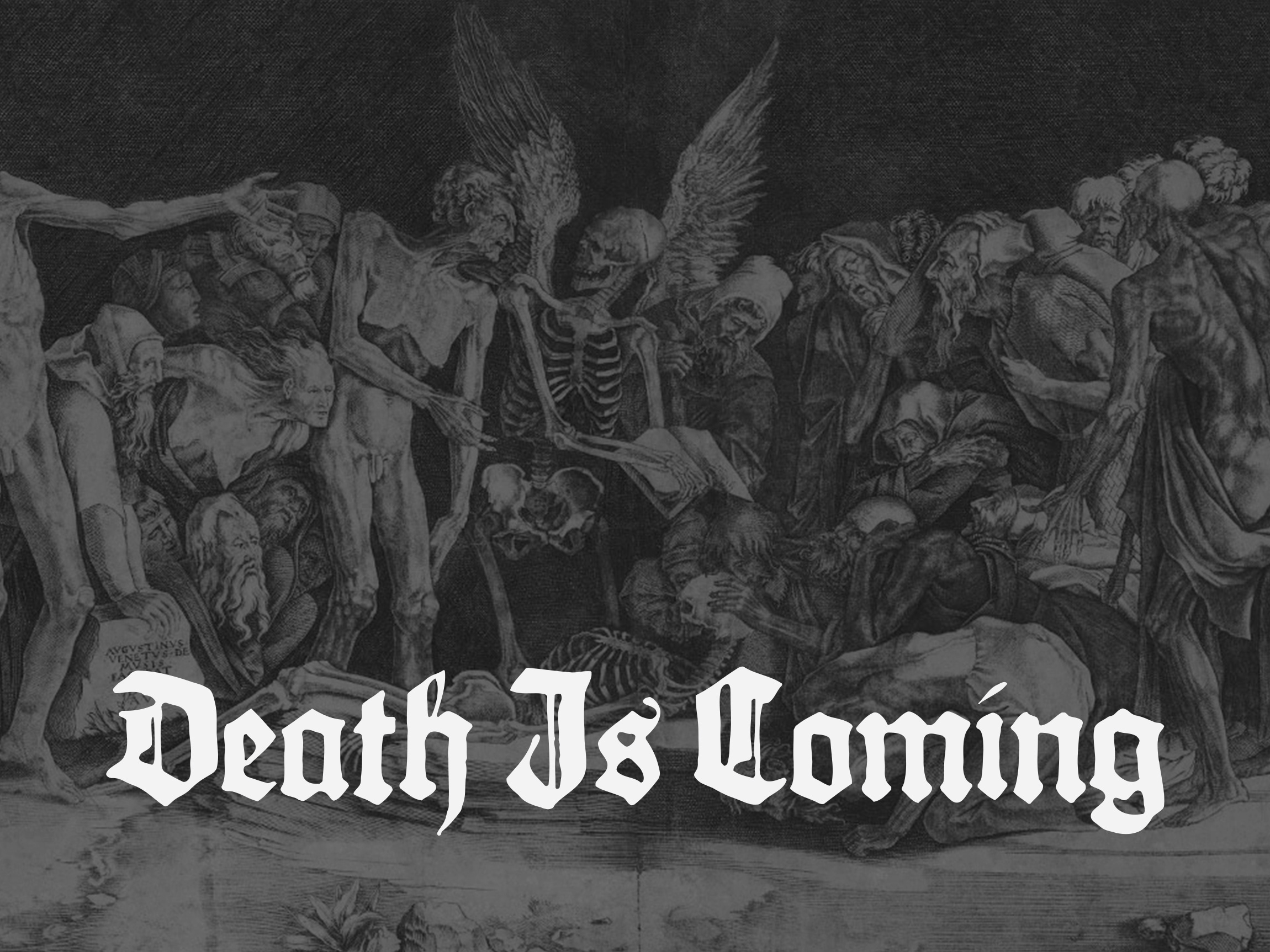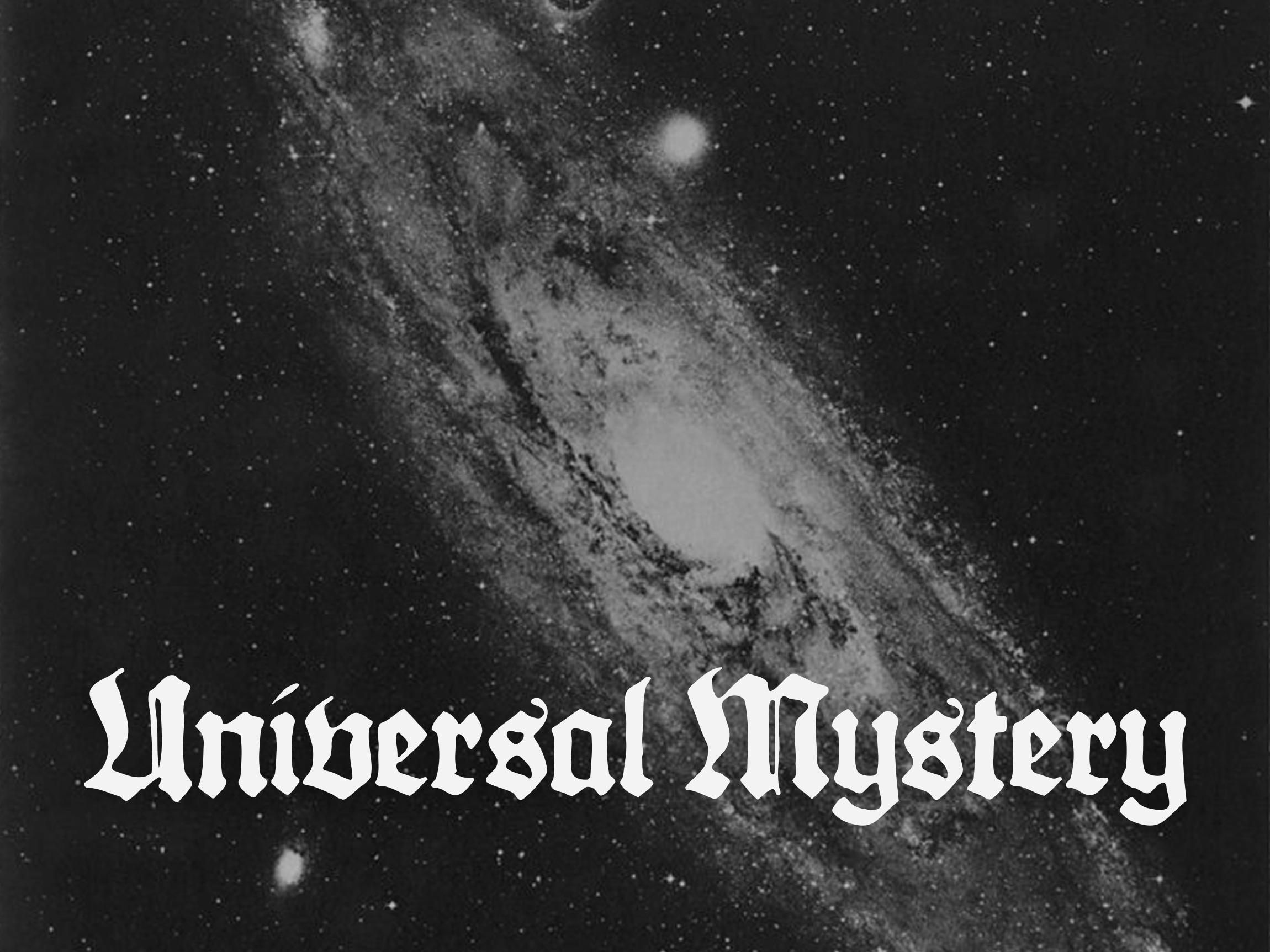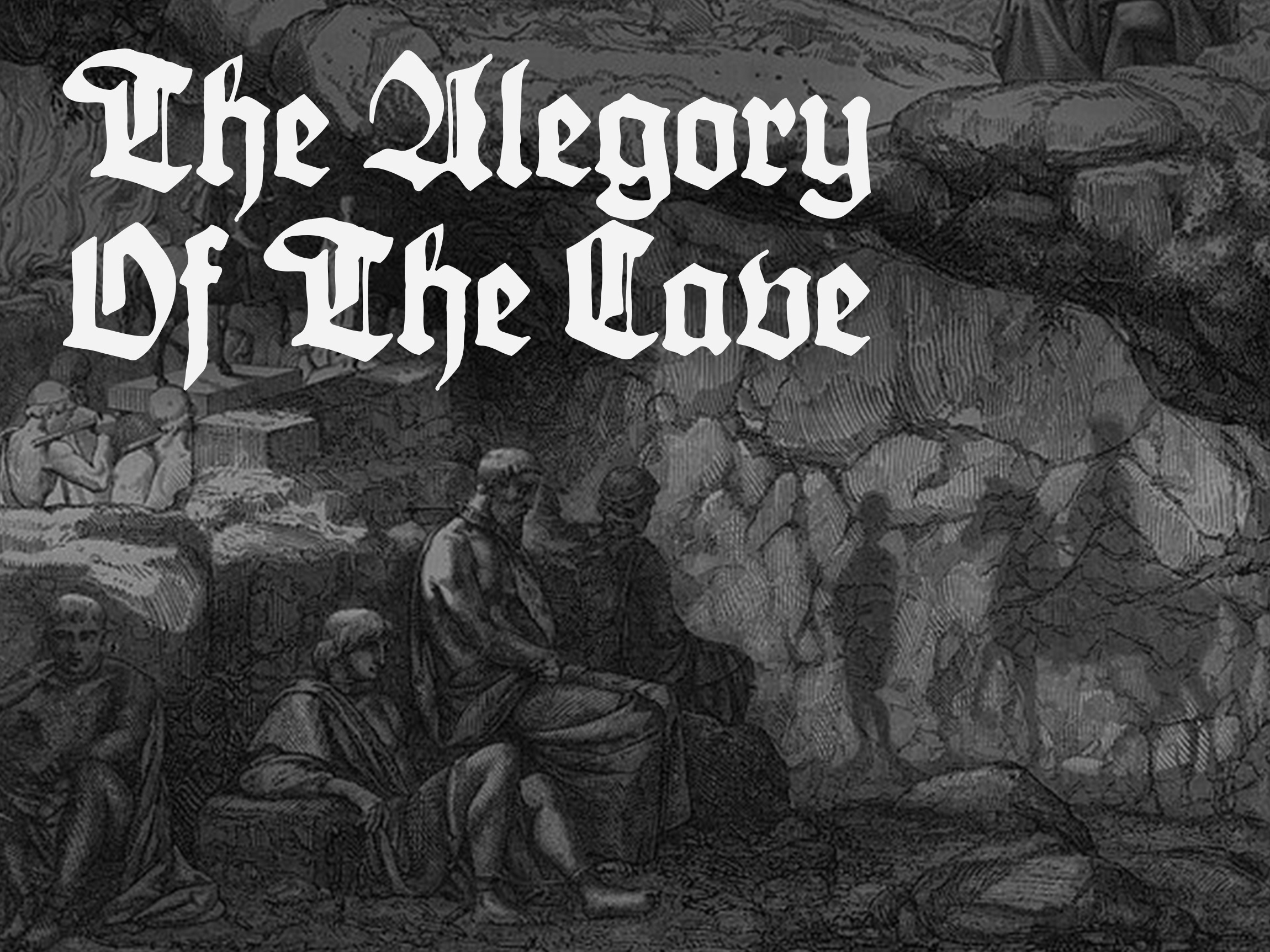THE DJEDI
The Legend of Kheops and Djedi the Magician
The story of Djedi, the renowned magician, comes to us through the ancient Westcar Papyrus, a collection of tales recounting the marvels performed by magicians in Egypt's Old Kingdom. The tale is set during the reign of Pharaoh Kheops, the great architect of the Great Pyramid of Giza, and centers around the interplay between the Pharaoh, his son, and the mysterious figure of Djedi.
Pharaoh Kheops, known for his ambitious building projects and his pursuit of immortality, had a profound interest in uncovering the secrets of the gods. He sought to understand the mysteries of life and death, believing that such knowledge would grant him divine power and eternal legacy. According to the tale, Kheops learned of a prophecy connected to a sacred relic known as the Book of Thoth, a legendary text said to hold the secrets of resurrection and ultimate wisdom. However, the path to discovering this knowledge was shrouded in mystery.
Kheops’ son, often identified in the text as Prince Djedefhor (or Hardedef), intrigued by his father’s obsession, brought forth a solution: a powerful magician named Djedi, who was said to possess extraordinary abilities and arcane knowledge. Djedi was rumored to have lived for over 110 years, a feat that alone marked him as a man of incredible power and connection to the divine. It was said that Djedi not only performed miraculous feats but also had insight into the future and the divine will of the gods.
Djedefhor convinced his father to summon Djedi to the royal court. Upon his arrival, the aged magician was presented to the Pharaoh, who questioned him about his powers. In the Westcar Papyrus, Djedi is depicted as a humble yet confident figure, exuding wisdom and composure despite his advanced age.
Djedi’s Miraculous Feats
To demonstrate his abilities, Djedi performed several wonders before the Pharaoh and his court. One of the most famous acts attributed to him involved the reanimation of a severed head. In the tale, Djedi took a goose, decapitated it, and then, using his magical incantations, caused the head and body to reunite, restoring the bird to life. This act, which defied natural laws, amazed Kheops and confirmed Djedi’s mastery of the unseen forces.
Djedi’s abilities were not limited to mere spectacle. He was also believed to hold knowledge of the sacred numbers and measurements essential to constructing the Great Pyramid. This connection to architecture and divine proportions intrigued Kheops, as it aligned with his own obsession with immortalizing his reign through monumental works.
The Prophecy of Djedi
The Westcar Papyrus also reveals a prophetic aspect to Djedi’s legend. When questioned by Kheops about the secret chambers of Thoth’s temple and the knowledge they contained, Djedi revealed that he himself did not possess the key to such mysteries. Instead, he foretold that the secret would one day be uncovered by three future kings, who were yet to be born. These kings, according to Djedi’s prophecy, would be the founders of a new dynasty and would rise from the lineage of a priestess of Ra.
This prophecy disappointed Kheops, as it implied that the ultimate knowledge he sought would not be within his reach. However, the tale underscores the humility of Djedi, who, despite his extraordinary powers, acknowledged the limits of his knowledge and the divine will governing the cosmos.
Djedi and the Jedi: A Curious Parallel
The word "Djedi" itself has tantalizing similarities to the term "Jedi," the revered order of warriors and peacekeepers in Star Wars. Though the connection is not definitive, there are several interesting parallels between the ancient magician and the fictional Jedi that merit exploration.
The Power of the Force and Magic:
Both Djedi and the Jedi are depicted as beings capable of wielding supernatural powers, rooted in an esoteric understanding of the universe. In Star Wars, the Jedi are attuned to the Force, a mystical energy field that connects all living things and allows them to perform feats of telekinesis, mind control, and enhanced physical abilities. Similarly, Djedi, as a magician, taps into the hidden forces of nature, manipulating them to perform miraculous acts that defy explanation. The concept of an invisible power that can be wielded by the initiated is central to both traditions.
Wisdom and Knowledge:
Yoda, The wise master
The Westcar Papyrus
Djedi’s role in Egyptian society, as depicted in the Westcar Papyrus, mirrors the role of Jedi knights in Star Wars. Djedi is portrayed as a sage, possessing knowledge that is not easily understood by ordinary people. He is called upon to perform feats that are beyond the capabilities of regular humans, much like the Jedi are sought for their wisdom and combat prowess. The Jedi are often described as the guardians of peace, using their knowledge of the Force to maintain balance in the galaxy. Djedi, too, is presented as a wise figure who serves the Pharaoh, using his abilities to protect and guide.
The Spiritual and the Mystical:
Luke Skywalker
The Jedi’s training involves a deep spiritual discipline, focusing not only on combat but also on self-mastery and enlightenment. They are taught to respect life, avoid attachment, and seek harmony with the Force. Djedi, though not depicted in the same way, represents a figure who operates outside the conventional bounds of reality, aligning himself with higher cosmic forces. This mystical dimension to his character draws a subtle parallel to the Jedi’s connection to the Force, which demands both inner peace and external action.
The Symbolism of Light and Darkness:
One of the core themes in Star Wars is the battle between the light and dark sides of the Force. Jedi are trained to wield the light side, using their powers for good, while the Sith embrace the dark side, manipulating the Force for selfish and destructive purposes. In ancient Egyptian mythology, there is a dualistic worldview, where the forces of order (Ma’at) and chaos (Isfet) are in constant conflict. Djedi, as a figure of wisdom and power, may have been seen as a representative of Ma’at, aligning with the cosmic order, much as the Jedi represent peace and harmony in the Star Wars universe.
The Star Wars saga's iconic conflict between the Jedi and the Sith echoes ancient Egyptian cosmological battles, particularly the eternal struggle between Horus and Seth, Ra and Apep, or Ma’at and Isfet—themes that embody the fight between order and chaos, light and darkness.
The Battle Between Vader and Obi-Wan: Horus vs. Seth
Lord Vader vs Obi-Wan
The duel between Darth Vader and Obi-Wan Kenobi can be likened to the mythological clash between Horus, the avenger of his father Osiris, and Seth, the god of chaos and violence. In both narratives, the fight is deeply personal, rooted in betrayal and familial bonds. Vader, much like Seth, embodies destruction and dominance, while Obi-Wan, akin to Horus, represents the preservation of balance and justice. Their duel on Mustafar mirrors the mythic struggles fought in primordial arenas—symbolic battles for the soul of the universe.
Luke Skywalker’s Triumph Over the Emperor and Vader:
Horus Defeating Seth or Ra Defeating Apep
Luke vs Vader
Horus vs Seth
Luke Skywalker’s final confrontation with Emperor Palpatine and the redemption of Darth Vader draw striking parallels to the triumph of Horus over Seth or Ra’s eternal victory over Apep, the serpent of chaos. Like Horus, Luke confronts his destiny and refuses to succumb to hatred or vengeance, ultimately restoring balance through his compassion and resolve. Similarly, Ra’s daily battle against Apep ensures the survival of cosmic order, just as Luke’s defiance of the Emperor ensures the survival of hope and the restoration of peace in the galaxy.
The Triumph of Ma’at Over Isfet: The Jedi Philosophy
Ma'at is the Egyptian goddess of balance and truth. Sandro Vannini / Getty Images
Isfet name in hieroglyphs meaning Injustice/Violence
The Jedi Order's dedication to peace and balance aligns closely with the Egyptian principle of Ma’at, the embodiment of truth, order, and harmony. The Sith, on the other hand, represent Isfet, the chaotic forces of disorder and destruction. The ultimate victory of Luke and the remnants of the Jedi over Palpatine and the Sith mirrors the ancient belief that Ma’at must always prevail over Isfet, ensuring cosmic stability and the perpetuation of life.
Star Wars and Ancient Egyptian Influence
George Lucas
It is well-known that Star Wars draws heavily from various mythological and religious traditions, including elements of Eastern philosophy, Western occultism, and, notably, ancient Egyptian lore. The connection between the Jedi and the ancient Egyptian concept of the magi is not purely speculative. The magi of Egypt were revered as learned individuals who could manipulate the natural world through ritual, prayer, and knowledge, echoing the powers of the Jedi. Furthermore, the use of hieroglyphic language and symbols in Star Wars design elements, particularly the use of symbolic language in the Jedi temple and the mysticism surrounding the Force, hints at a cross-cultural borrowing of ideas.
While there is no direct evidence that George Lucas intentionally based the Jedi on the legend of Djedi, the similarities in terms of the manipulation of unseen forces, the role of the sage, and the mystical nature of both figures suggest that there may be a subtle, unconscious link between the two. It is possible that Lucas, drawing on his broad knowledge of mythology, blended these ancient concepts into the fabric of Star Wars, creating a narrative that resonates with timeless archetypes.
By Nergal Xul





